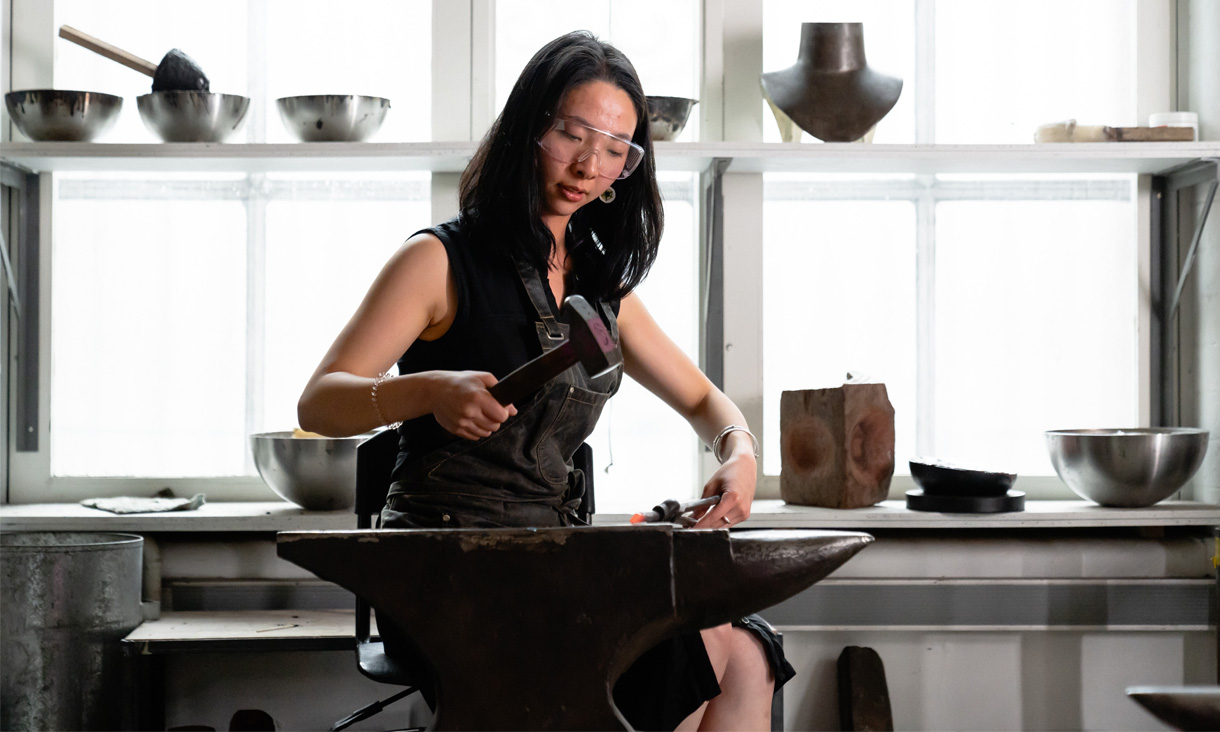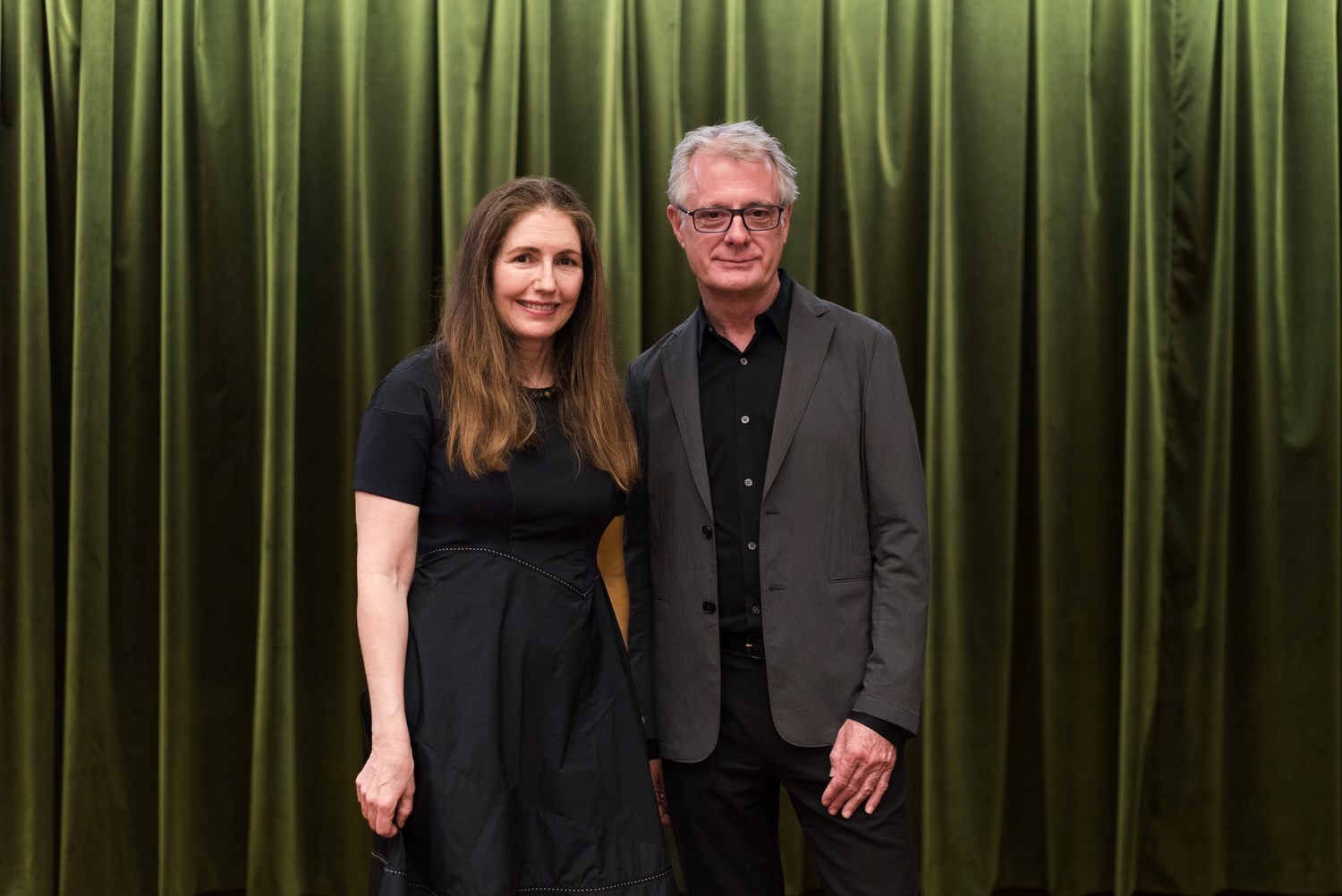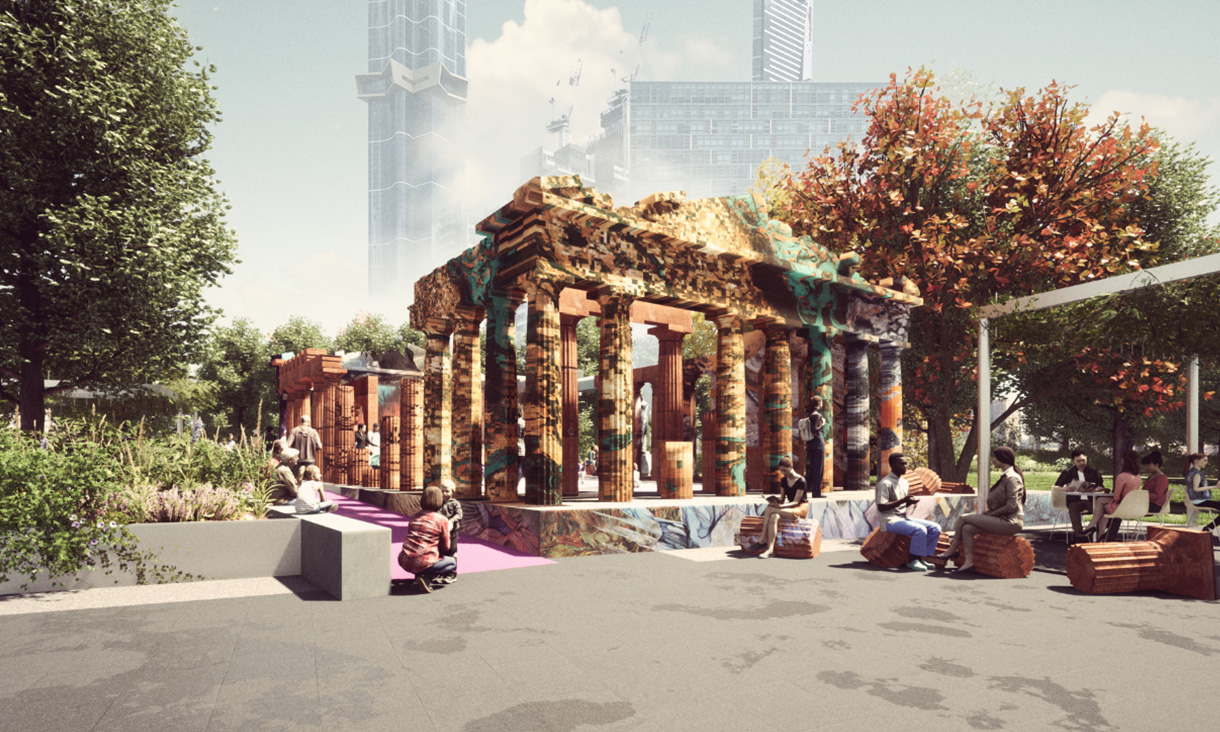How to become a photographer
There’s more to this career path than Instagram filters.
How to become a visual artist
Develop your ideas, hone your practice and start making wonderful things.
RMIT is ranked #1 in Australia and #26 in the world for courses in Art and Design*.
RMIT is a university has a rich history of teaching technology and art, and has been teaching photography courses for over 130 years.
Choose a university that celebrates and showcases your creativity. RMIT has five public galleries and exhibition spaces that display students' work.
*QS World University Rankings by Subject 2025
At RMIT, you’ll enhance your creativity and innovation in dynamic studio and classroom environments, where experimentation, critical engagement and industry connection is encouraged.
As a globally recognised university for art and design, RMIT offers a wide range of courses across contemporary fine art, photography, arts management and art. You'll learn about emerging ideas, technologies, applications, and professional skills in our purpose-built facilities, all designed to prepare you to shape the Australian and global arts cultural sectors.

At RMIT, be immersed in our specialised, professional-grade and industry-standard facilities, workshops and creative studios.
Access the latest equipment across digital and analogue photography, gold and silver smithing, ceramics, drawing, painting, public space, sculpture, sound and video.
As a graduate of an RMIT art course, you’ll be ready to build a career working in a diverse array of industries. The creative and innovative skills you’ll learn open the doors to many possibilities.
Here are just a few of the career outcomes for undergraduate and vocational art graduates:
There’s more to this career path than Instagram filters.
Develop your ideas, hone your practice and start making wonderful things.

Piccinini will work with students and staff across the university to share knowledge and practice, work on projects and be involved with a range of transdisciplinary initiatives. Piccinini said she is delighted to be joining RMIT, a university she admires for “its willingness to engage with the complex issues that face our society, and especially our young people.”
RMIT transforms creative students into professional artists, photographers, curators and arts managers. Acquire the skills and confidence to produce quality work and showcase it to the public, to your peers and to industry.

RMIT’s School of Art is a hub for emerging artists to engage in contemporary practice and gain local and international exposure. When you study with us, you'll have the opportunity to work with leading art organisations like the National Gallery of Victoria (NGV), showcase your work in one of our five public galleries, and build your career as an artist with the support of our network of staff and alumni around the world.
RMIT offers you the opportunity to travel while you're studying. We run a range of global study intensives, which include New York, Chicago, Nepal, Japan, Arles, Hong Kong and Bologna. These trips provide students with immersive study experiences with world-leading partners and organisations.
Seize the opportunity to work in collaborative studios with students in Australia and our partners in China, Germany, Italy, Indonesia, New Zealand and the USA.
Thrive in an evolving media landscape and gain hands-on experience in digital media, journalism, music, audio or film at Australia’s #4 university for Communication and Media Studies.*
From design to textile development, merchandising to marketing, build a beautiful portfolio of work to help get your start in the fashion industry.
Design interactive worlds using industry-quality technology and the best software, so you can turn your passion into a career.
RMIT Online courses are global in focus and practical in application – and the best part is, you don't need to put your life on hold while you study with us.
Futureproof your career and build new skills with RMIT short courses and microcredentials, standalone courses you can study online or in person.


RMIT University acknowledges the people of the Woi wurrung and Boon wurrung language groups of the eastern Kulin Nation on whose unceded lands we conduct the business of the University. RMIT University respectfully acknowledges their Ancestors and Elders, past and present. RMIT also acknowledges the Traditional Custodians and their Ancestors of the lands and waters across Australia where we conduct our business - Artwork 'Sentient' by Hollie Johnson, Gunaikurnai and Monero Ngarigo.
Learn more about our commitment to Indigenous cultures